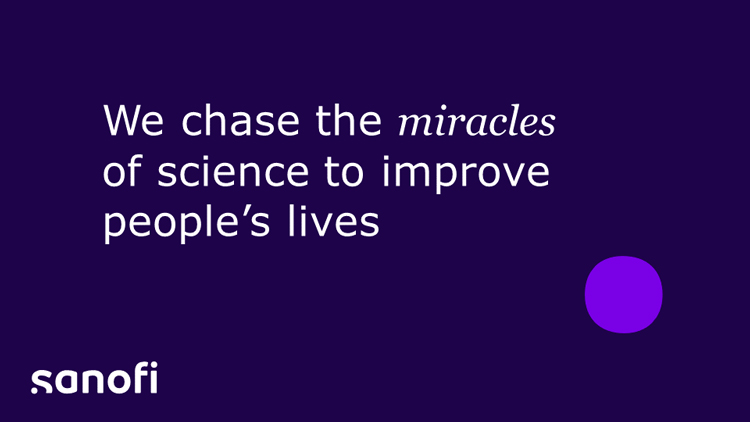
Ben Whitehouse
Head of Rare Diseases UK, Sanofi
Access to rare disease medicines in the UK is slower than in comparable EU countries. But there are opportunities to transform this environment — and the lives of patients.
You can’t talk about children’s health without discussing the field of rare diseases, explains Ben Whitehouse, Head of Rare Diseases UK at global healthcare company, Sanofi. That’s because 75% of rare diseases affect children — 30% of whom, tragically, will die before their fifth birthday.
Limited resources and treatment
It’s also impossible to talk about rare disease science without looking at the broader UK life sciences industry. This, currently, is in a perilous position. “At present, UK life sciences faces enormous challenges,” says Whitehouse. “Unfortunately, these challenges impact patients of every kind.”
The first challenge Whitehouse notes is specific to the area of rare diseases, and that’s the lack of treatments as 95% of rare diseases have no licensed treatment available, which is worrying when you consider that science in the UK is declining across the industry. “Since 2017, the UK has seen a 41% reduction of patients in clinical trials,” he admits. “Reasons include diversity and limited understanding of each disease, difficulties identifying and treating small populations, plus a decrease in the Government’s R&D reimbursement incentives over time.”
Only 61% of orphan medicines approved in the EU between 2017–2020 are reimbursed for use in England, compared to over 70% in France
and Italy and over 95% in Germany.
Issues around investment, access and reimbursement
More widely, there is the problem of investment. Most major developed countries average around 15% of their healthcare spend on drugs. However, the UK’s investment only averages around 9%.
Then there’s the issue of the Voluntary Scheme for Branded Medicines Pricing and Access (VPAS) — a repayment mechanism requiring companies to pay back a percentage of sales of most branded medicines to the Government. Before Covid-19, the yearly payment percentage was around 5%–10%. Next year, however, this will soar up to 30% and have a bruising impact on the UK life sciences industry — particularly pharma companies.
Whitehouse welcomes the Government’s UK Rare Diseases Framework with its commitment to improving the lives of those living with rare diseases and the Innovative Medicines Fund designed to enable patients to benefit from early access to promising, new medicines. Yet, he points out that there are big challenges around reimbursement — the process where bodies such as The National Institute for Health and Clinical Excellence (NICE) assess if a drug is cost-effective enough to go to market.
Only 61% of orphan medicines approved in the EU between 2017–2020 are reimbursed for use in England, compared to over 70% in France and Italy and over 95% in Germany. Access in the UK is also lower and slower. For new medicines licensed and launched between 2015–2019, UK uptake was just over half (56%) of comparable countries, rising to only 75% after four years.
UK to be a world leader in innovation and health outcomes
Whitehouse is optimistic that — with good stakeholder collaboration — this bleak picture can change. “The UK is home to great scientists, physicians and academics,” he notes. “We have world-class treatment centres and some of the most passionate and informed patient groups. We have business units dedicated to rare diseases, and we’re prepared to invest — and, indeed, are investing — in areas of the science where there are no therapies at present.
So, UK life sciences has all the ingredients to be a success, but we need to call out the challenges it faces and then work together to solve them. That includes transforming certain policy levers, building on reforms to the regulatory and access environment and creating a pricing and reimbursement system that incentivises innovation in healthcare. After all, treating people — however rare their disease — is part of what we stand for as a company and society.”
Document Number: MAT-XU-2205532(V1.0)
Date of Prep: December 2022




